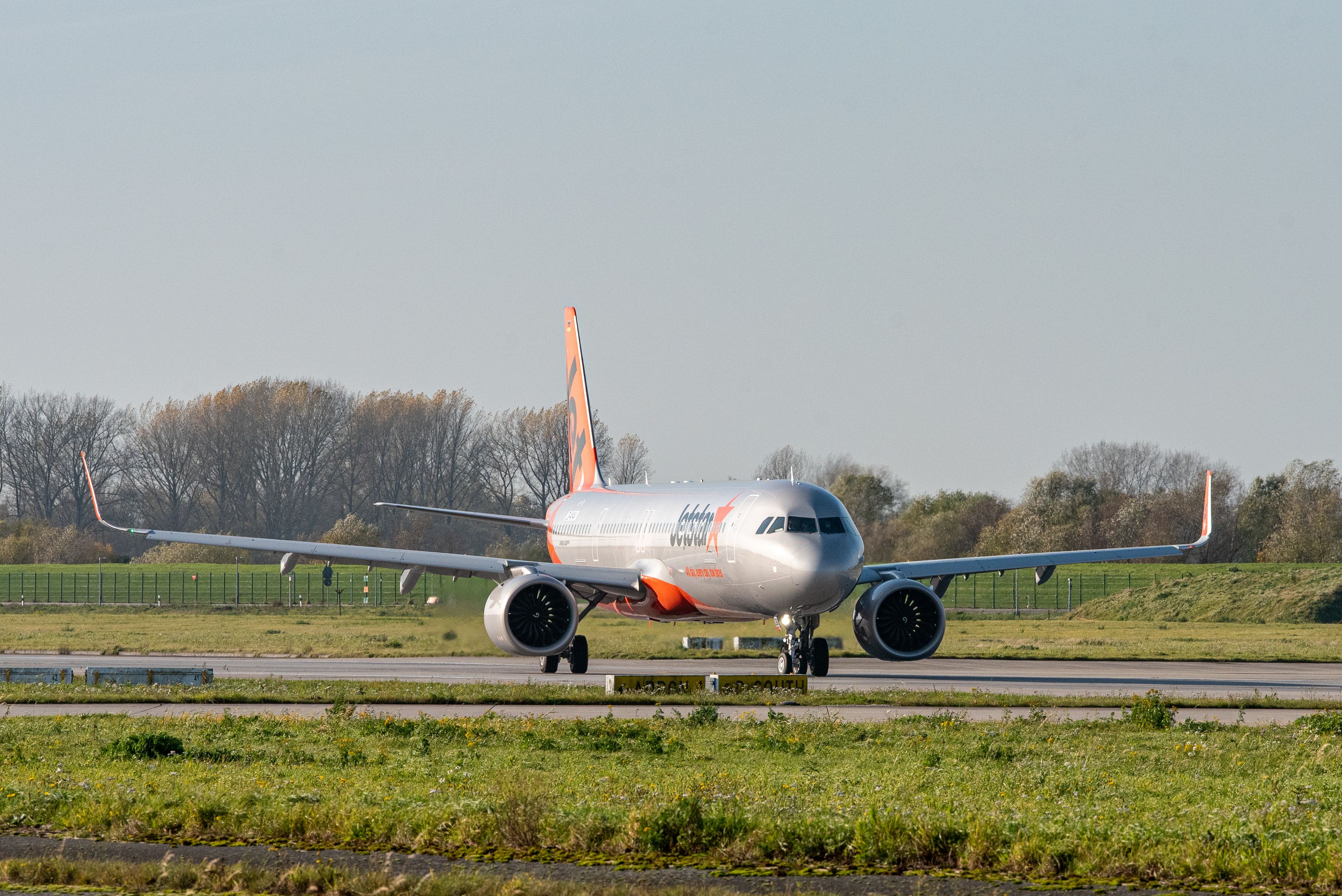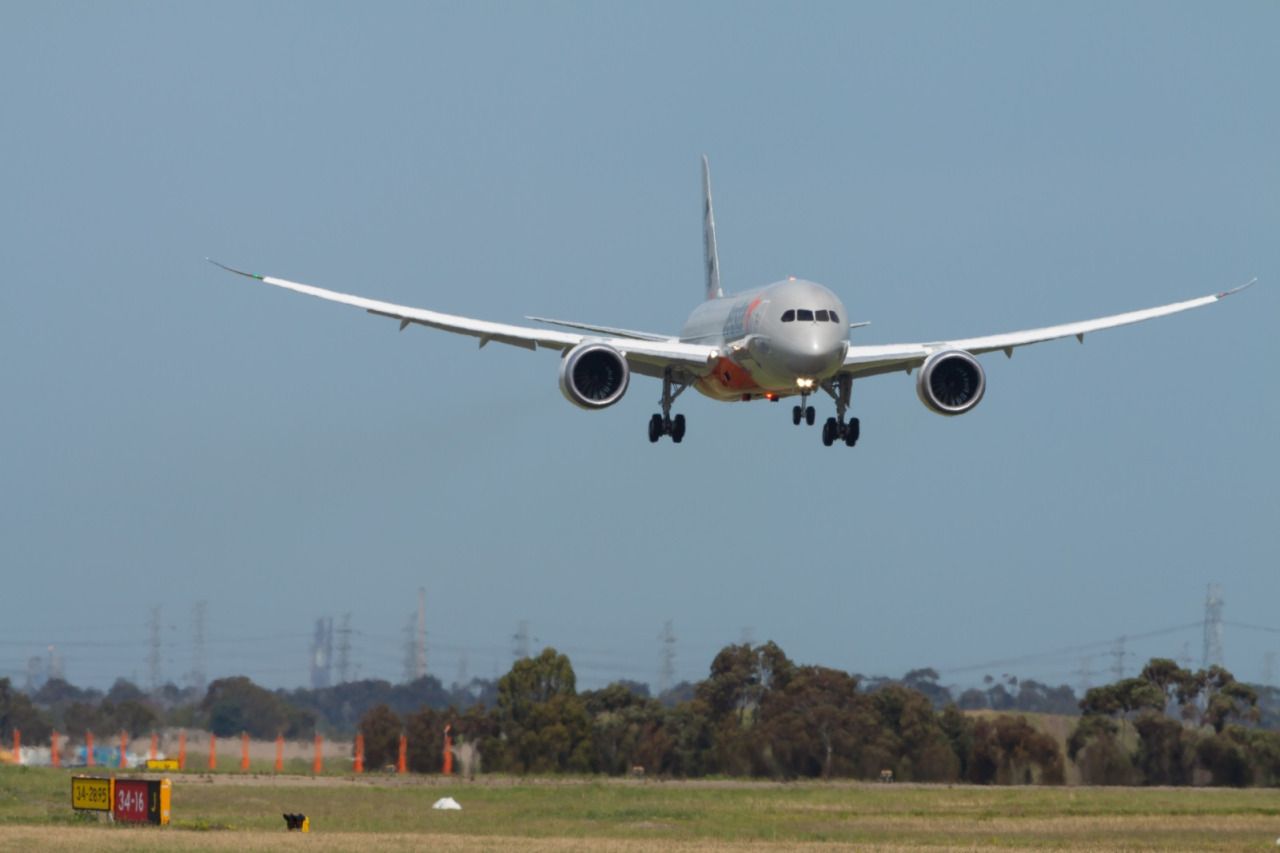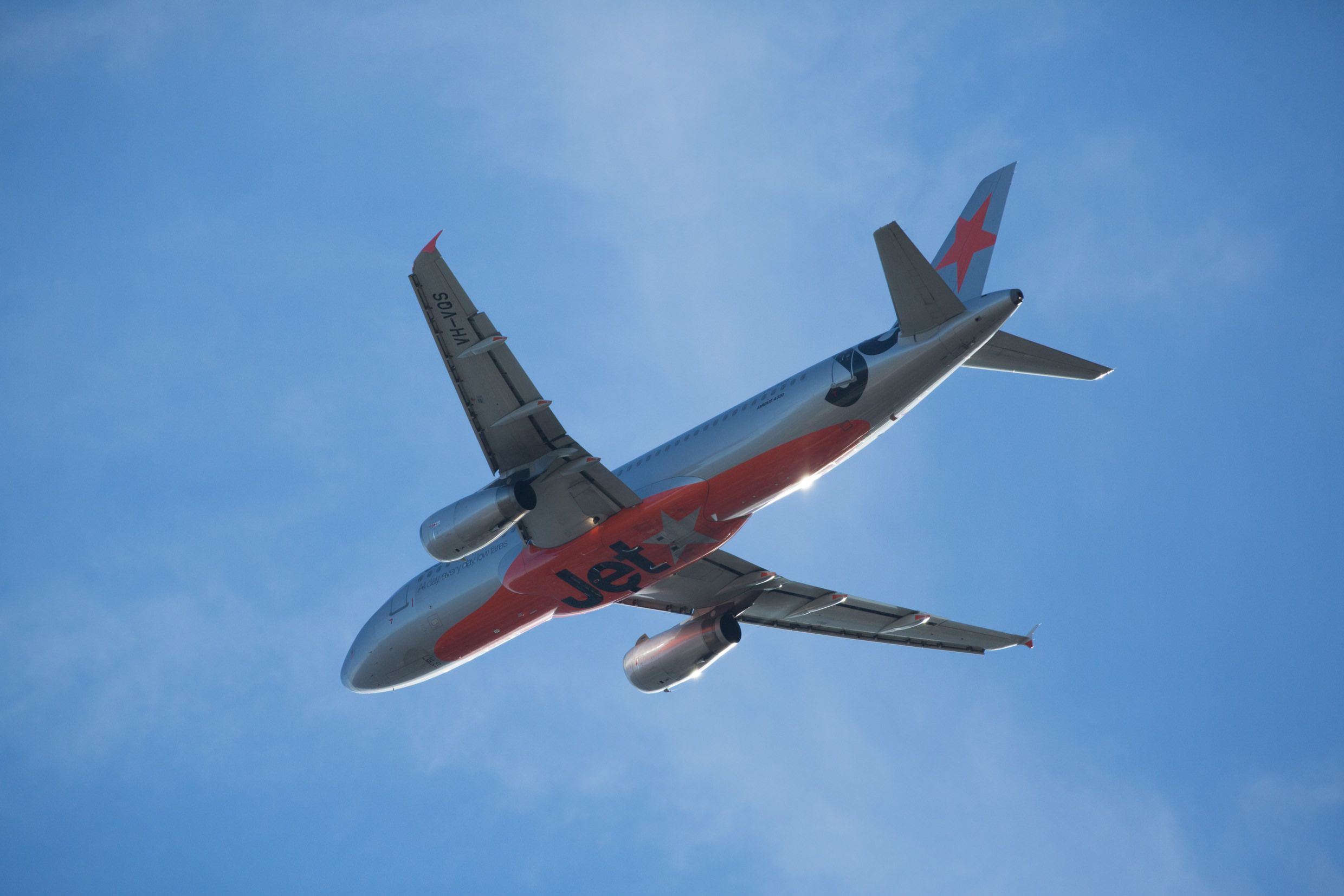With new Airbus jets landing at Jetstar soon, the airline’s CEO is eyeing new long-range routes for his Dreamliners as aircraft capacity frees up
Jetstar boss Gareth Evans is eyeing new international routes and remains skeptical Australia can handle the burgeoning number of homegrown airlines operating jet services around the country. Australia’s dominant low-cost carrier is soon to get a bundle of new planes, opening up new possibilities for Jetstar, and further entrenching it in the local market – potentially at the expense of a smaller rival.
In comments published in The Australian Financial Review over the weekend, Mr Evans said incoming long range Airbus narrowbodies would likely take over many shorter range Jetstar international routes from Boeing 787-8s, freeing up the Dreamliners to operate additional longer range routes.
Jetstar will likely deploy its 787-8 Dreamliners on new routes as more aircraft come into service. Photo: Jetstar
New horizons for Jetstar’s 787-9 Dreamliners
In addition to neighboring destinations like Bali, those Dreamliners usually fly to destinations in Japan, Thailand, Vietnam, and Hawaii. Mr Evans tempered any expectations of flights all the way to mainland North America, saying the airline’s future focus would mostly be around the Asia-Pacific region. But he did confirm those short-lived pre-pandemic flights between Gold Coast/Coolangatta (OOL) and Seoul (ICN) wouldn’t return anytime soon, switching to Sydney (SYD) – Seoul flights in November. The airline will also resume flights from Cairns-Tokyo (Narita) from July 20 and Cairns-Osaka from July 26.
Jetstar’s first A321LR will arrive in the next couple of months, with a further eight to land between now and next May. Airbus A321LRs and A321XLRs will keep landing at Jetstar until 2029. In addition, parent airline Qantas has narrowbody Airbus jets due, some of which will likely find their way to Jetstar as demand warrants.
The Airbus A320-200 remains the workhorse of the Jetstar fleet. Photo: Jetstar
Jetstar likely to fly above an increasingly crowded market
It gives Jetstar plenty of resources to draw on and further entrenches the carrier as the Southwest Pacific’s number one low-cost airline. And while Mr Evans is too polite to say outright, he doesn’t appear entirely convinced the local market can sustain the influx of new airlines. Jetstar’s core business is operating Airbus A320 flights within Australia as the low-cost offshoot of Qantas. In March 2021, Rex also moved into the jet market, adding Boeing 737-800 flights into its timetables. Virgin Australia is presently powering along with its fleet of Boeing 737-800s. Meanwhile, low cost upstart Bonza is gearing up for first flights in the third quarter of this year.
“History would suggest this is a two-carrier market, with Qantas and Jetstar being one,” Mr Evans told the Financial Review. That’s a line the Qantas Group executives frequently trot out and there’s historical truth in it. While Virgin Australia slots into the second airline spot, the implied question is whether there is room for Rex or Bonza.
The bosses of both airlines have argued there is room for them, with the local market growing and evolving. But there are plenty of skeptics who forecast some industry consolidation. Virgin Australia is going from strength to strength and its future does look assured. Both Virgin Australia and Rex pitch their product above Jetstar’s low-cost model while Bonza says it will grow new markets and fly on routes Jetstar doesn’t.
From his position of strength, Gareth Evans can sit back and watch the other airlines battle it out for business. If any industry consolidation does occur down the track, Jetstar is unlikely to be in the mix.
Source: The Australian Financial Review
Read Next







